Non-premixed Combustion with Fuel Droplets Injection using DPM CFD Simulation, ANSYS Fluent Training
Non-premixed Combustion with Fuel Droplets Injection using DPM CFD Simulation, ANSYS Fluent Training
- Upon ordering this product, you will be provided with a geometry file, a mesh file, and an in-depth Training Video that offers a step-by-step training on the simulation process.
- For any more inquiries regarding the product, please do not hesitate to reach out to us at info@CFDLAND.com or through our online support assistant.
€215.00 Original price was: €215.00.€145.00Current price is: €145.00.
Non-premixed combustion with fuel droplet injection simulation provides a thorough grasp of the complex processes that influence combustion dynamics. This simulation illuminates critical phenomena such as evaporation, mixing, and chemical reactions by carefully modeling the interaction of fuel droplets with the surrounding air. The non-premixed nature emphasizes the lack of pre-mixing of fuel and oxidizer before ignition, which is common in many real combustion systems. Given the importance of simulating such fuel droplets, non-premixed combustion in a combustion chamber is simulated in this project using ANSYS Fluent software. The fuel is pentane modeled as liquid droplets.
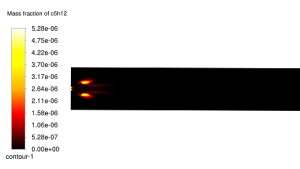
Figure 1: C5H12 combustion inside the chamber using DPM
Simulation Process
The 2D geometry is simple to draw. Due to the symmetric feature of the combustion chamber, only half of it is modeled. Next, a structured grid is generated, giving 5200 cells. The solver requires several main steps to simulate the reaction of pentane considering fuel droplets. Non-premixed combustion and Species Transport models are used. As a result, a PDF is established to summarize the properties of the combustion. Moreover, Discrete Phase Model (DPM) is employed to model fuel droplets. A two-way DPM method considers interactions between the discrete and continuous phases. The particle`s type of Droplets is utilized.
Post-Processing
The temperature contour tells an intriguing story of the combustion process, showing how the heat develops and spreads throughout the chamber. Near the entrance where the fuel droplets first meet the oxidizer, we see temperatures soaring up to an impressive 2280K (about 2007°C), marked by the bright yellow regions. This intense heat zone is where the magic of combustion really happens – the pentane droplets are rapidly evaporating and reacting with the surrounding air. As we move downstream, the temperature gradually decreases but maintains a consistent pattern, showing how effectively the heat is distributed through the chamber.
Figure 2: a) Temperature b) Velocity pattern inside the combustion chamber due to fuel droplets injection
What’s particularly interesting is the formation of various chemical species during this process. Looking at the mass fraction contours, we can track how water vapor (H2O) is produced, with concentrations reaching up to 7.56e-02 at their peak. The distribution pattern shows a clear correlation with the high-temperature zones, which makes perfect sense – these are the areas where our pentane droplets are most actively burning and converting into products. The DPM (Discrete Phase Model) really shines here, letting us see how the liquid fuel droplets transform through evaporation, mix with the oxidizer, and ultimately react to create these combustion products. The symmetrical nature of these patterns validates our decision to model just half of the chamber, as the behavior mirrors perfectly across the centerline.
Figure 3: a) H2o Mass fraction b) DPM evaporation rate in Non-premixed Combustion
We pride ourselves on presenting unique products at CFDLAND. We stand out for our scientific rigor and validity. Our products are not based on guesswork or theoretical assumptions like many others. Instead, most of our products are validated using experimental or numerical data from valued scientific journals. Even if direct validation isn’t possible, we build our models and assumptions on the latest research, typically using reference articles to approximate reality.
Yes, we’ll be here . If you have trouble loading files, having technical problems, or have any questions about how to use our products, our technical support team is here to help.
You can load geometry and mesh files, as well as case and data files, using any version of ANSYS Fluent.
€235.00 Original price was: €235.00.€165.00Current price is: €165.00.

€215.00 Original price was: €215.00.€145.00Current price is: €145.00.

€195.00 Original price was: €195.00.€135.00Current price is: €135.00.

€240.00 Original price was: €240.00.€199.00Current price is: €199.00.



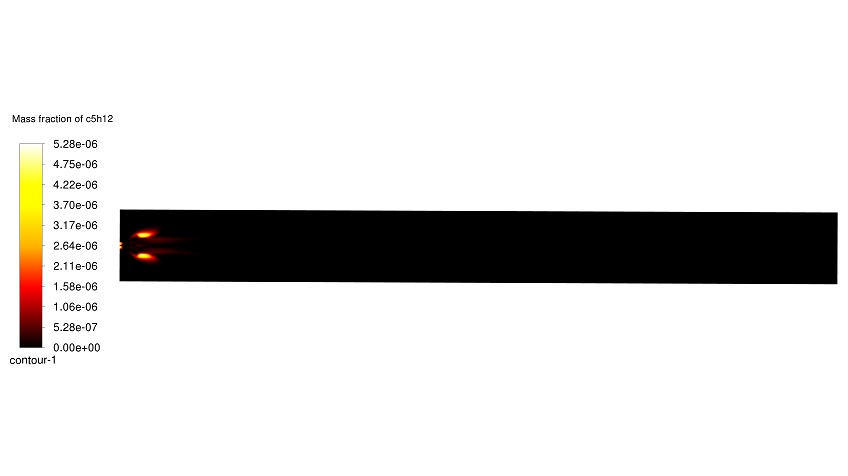
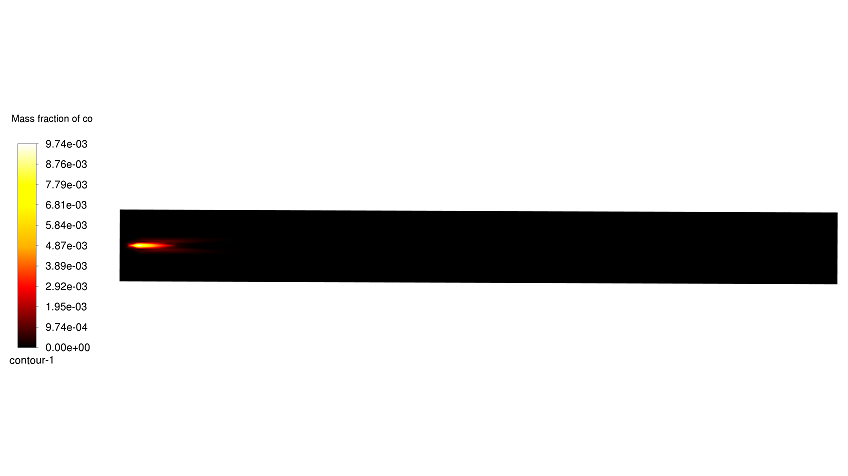
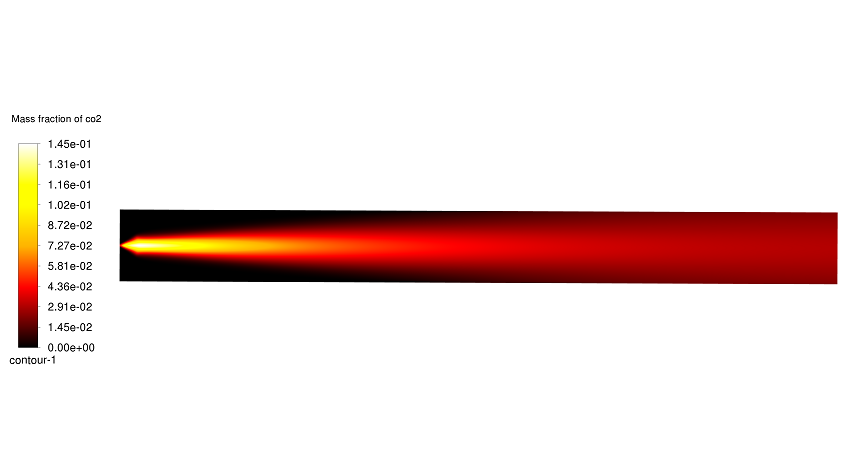
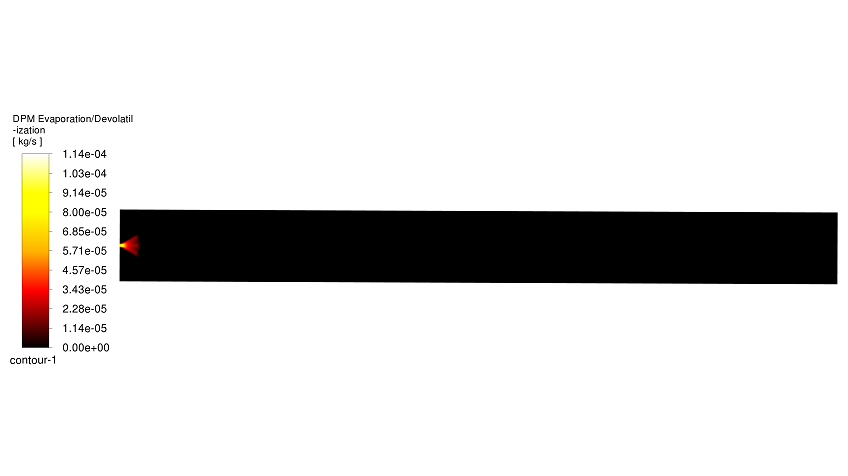
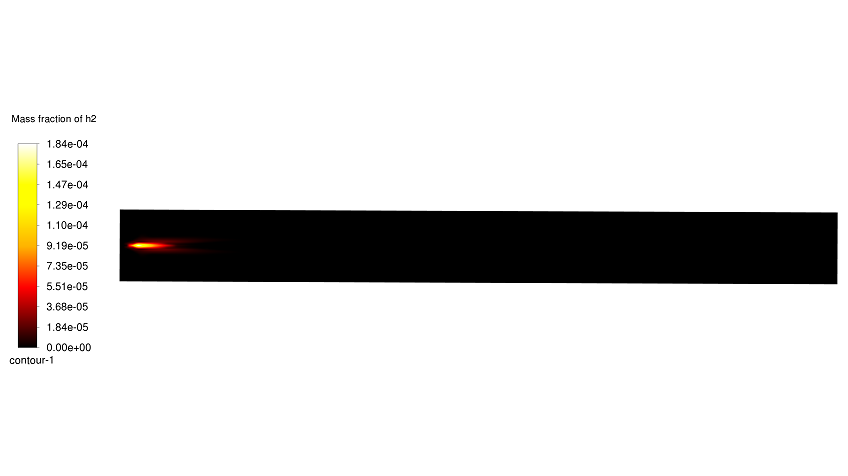
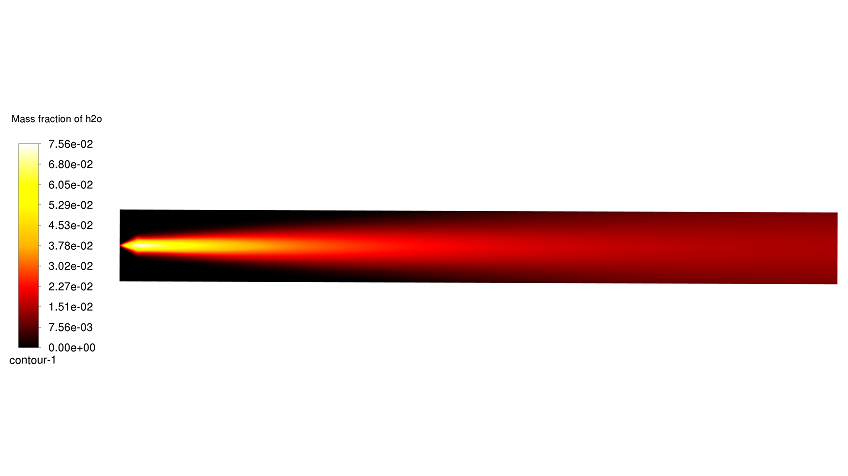
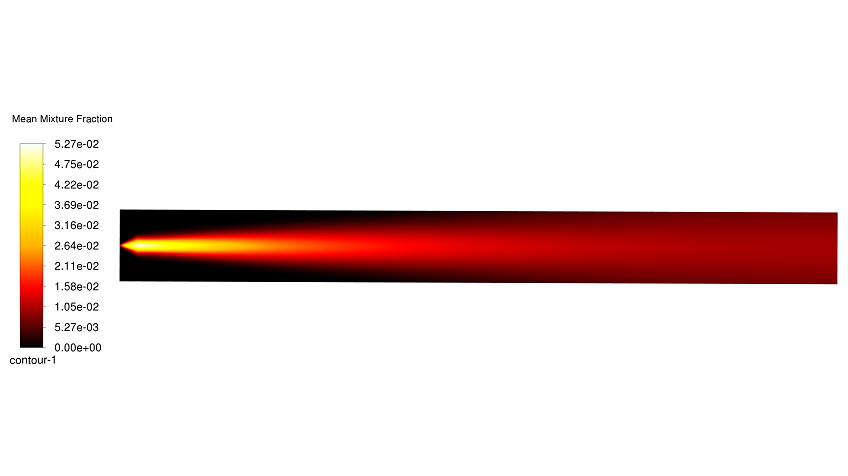
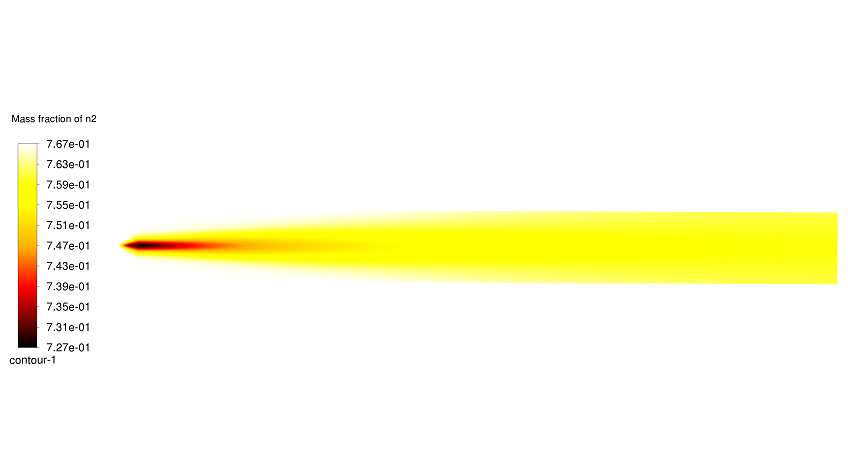
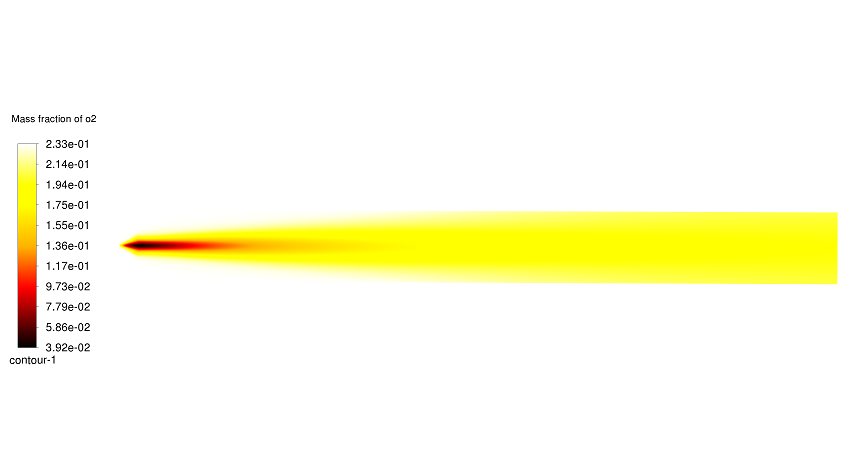
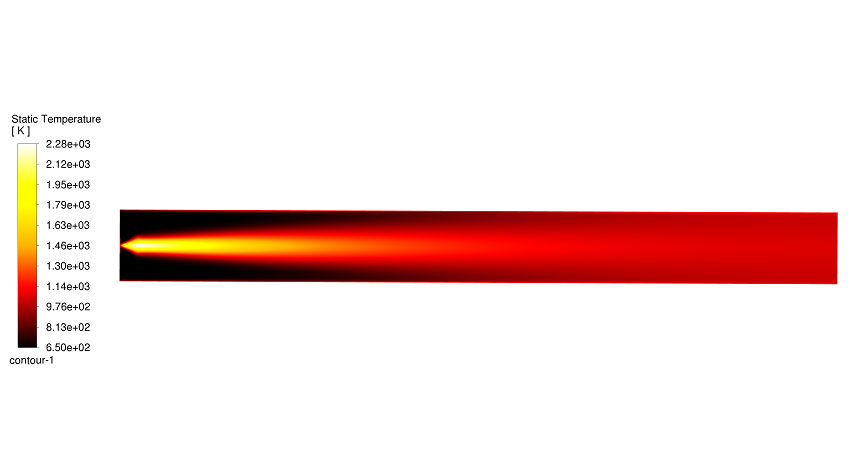
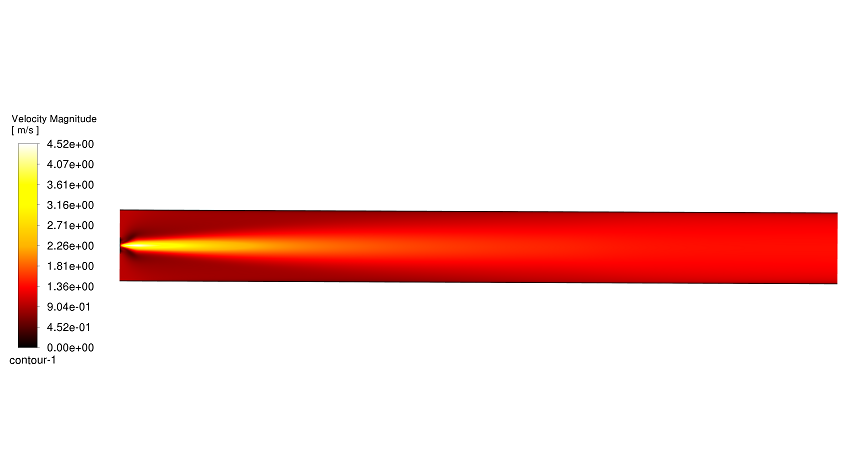
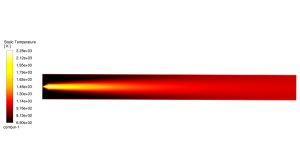
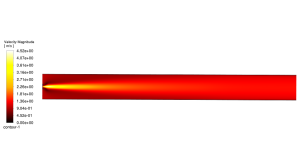
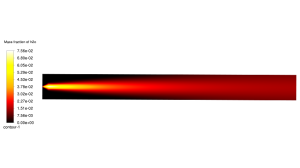
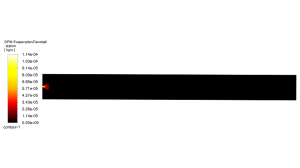





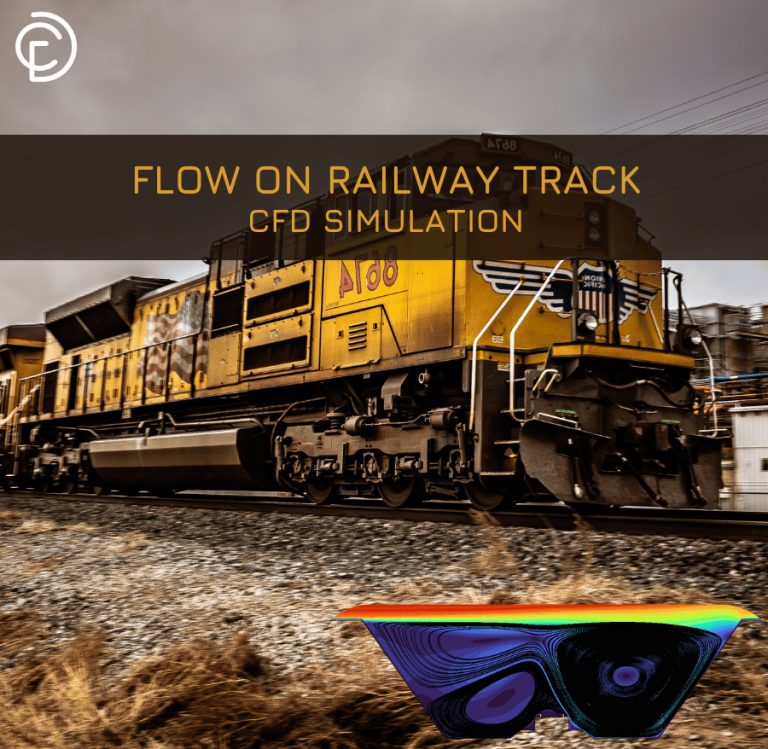
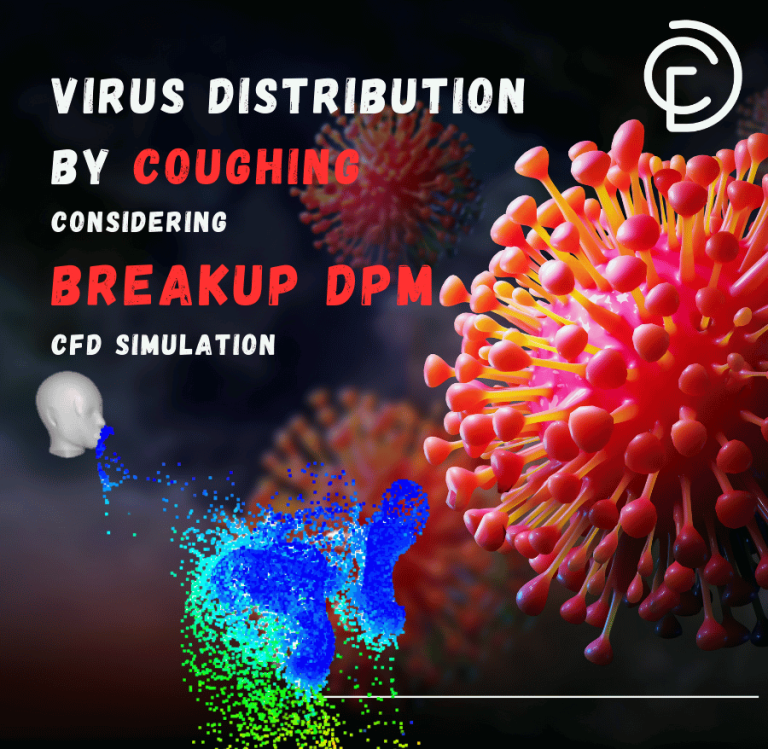
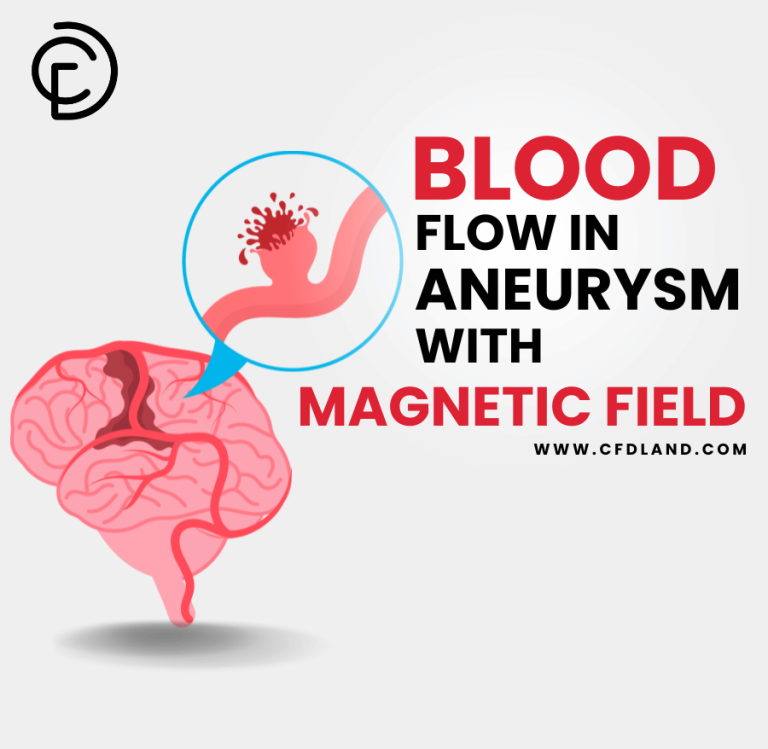
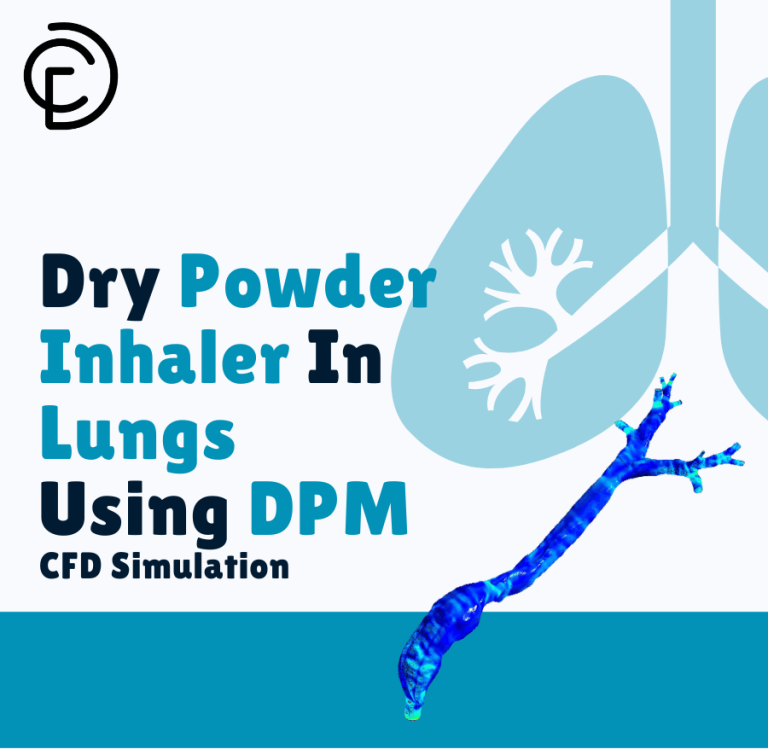
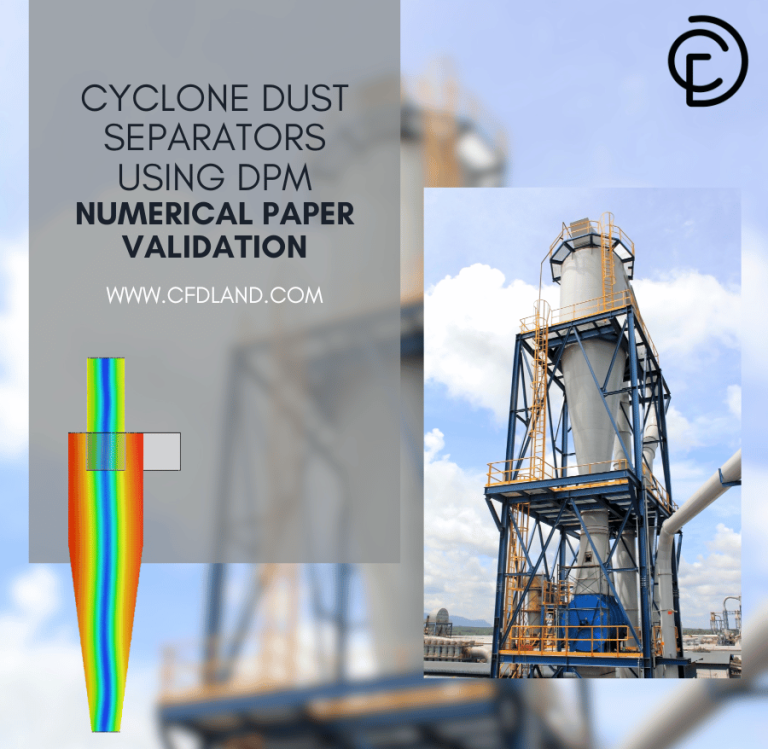
Reviews
There are no reviews yet.